Leadership Meets Personality: How Your Social Style Shapes Your Leadership Approach
Estimated Reading Time: 5 min
As leaders, we often hear that “leadership is situational”—and it’s true. The most effective leaders are the ones who can flex and adapt depending on the people around them and the challenges they face. But if you’ve ever led a team, you’ll know that while adaptability matters, we all have a go-to style—a default leadership approach that just feels most natural.
This default is often shaped by something deeper: our personality.
At T2 - The People Performance People, we regularly explore how individual differences influence leadership, communication, and performance. Today, we're exploring how leadership styles intersect with social styles—the patterns in how we communicate, make decisions, and interact with others.
Let’s dive in.
What Are the Social Styles?
Social styles are behavioural tendencies that influence how we connect with others. They are typically broken into four categories:
Driver – Direct, fast-paced, results-oriented.
Analytical – Detail-focused, logical, and cautious.
Expressive – Energetic, people-focused, enthusiastic.
Amiable – Warm, supportive, and harmony-driven.
These styles are based on levels of assertiveness and responsiveness, and understanding them can massively improve how leaders manage relationships and tailor their communication.
The Six Leadership Styles
Let’s briefly recap the six common leadership styles often used in modern leadership theory:
Visionary – Inspires others with a clear, long-term vision.
Coaching – Focuses on personal development and growth.
Amiable – Builds emotional bonds and harmony.
Democratic – Values team input and collaboration.
Pacesetting – Sets high standards and leads by example.
Directive – Demands immediate compliance, clear authority.
Each of these styles can be effective—but different situations, teams, and personalities may call for different approaches.
Connecting the Dots: Leadership Style Meets Social Style
So, how do these leadership styles connect to our social styles?
Let’s take a look:
Analytical → Pacesetting or Visionary Leadership
Analytical leaders thrive when there’s structure, clarity, and a logical path forward. They often favour a pacesetting style when standards are key, or a visionary style when they can connect data with long-term direction. They may struggle with affiliative or coaching styles unless they consciously develop relational skills.
Amiable → Coaching or Amiable Leadership
Amiables are people-focused and empathetic, often choosing amiable or coaching styles. They’re brilliant at building trust and encouraging team cohesion. But they may avoid conflict or tough calls, so developing more assertiveness through visionary or democratic styles can help them with the more task-focused aspects of leadership.
Driver → Directive or Pacesetting Leadership
Drivers tend to take charge, value efficiency, and focus on outcomes. Naturally, they’re drawn to directive or pacesetting styles, where clarity, speed, and goals are prioritised. However, this can risk team burnout if overused. Drivers benefit from occasionally stepping into visionary or coaching modes to balance empathy with action.
Expressive → Visionary or Coaching Leadership
Expressive types bring energy, imagination, and emotion. They naturally lean towards visionary leadership, inspiring others with ideas and possibilities. They may also thrive in coaching roles, helping others grow while feeding off their success. However, they can lose traction without clear follow-through, so incorporating some directive focus can help.
Curious where you fit in?
Want to discover your unique social and leadership style? Fill in the form to receive the surveys and take the first step towards unlocking your leadership potential.
Why This Matters
Understanding this overlap between leadership and social style is powerful. It helps leaders:
Recognise their default leadership tendencies.
Identify areas for growth or stretch.
Adapt communication to get the best from their teams.
Lead more consciously and compassionately.
While we each have a natural preference, great leadership is about flexing your style. Some team members respond well to coaching; others may thrive under clear direction. Knowing how your personality influences your leadership helps you make intentional choices in how you show up.
Ready to Discover Your Style?
Understanding your own leadership and communication style is the first step to leading with clarity, confidence, and purpose.
At T2 – The People Performance People, we’re launching a new Leadership Development Programme this September, designed for business leaders, senior managers and aspiring decision-makers ready to lead at a higher level.
This in-person programme takes place at T2’s Headquarters in Hull, offering a unique opportunity for professionals in the area to connect, develop, and grow together.
Location: Hull | Date: 4th September | Approach: Tailored, practical and insight-led



